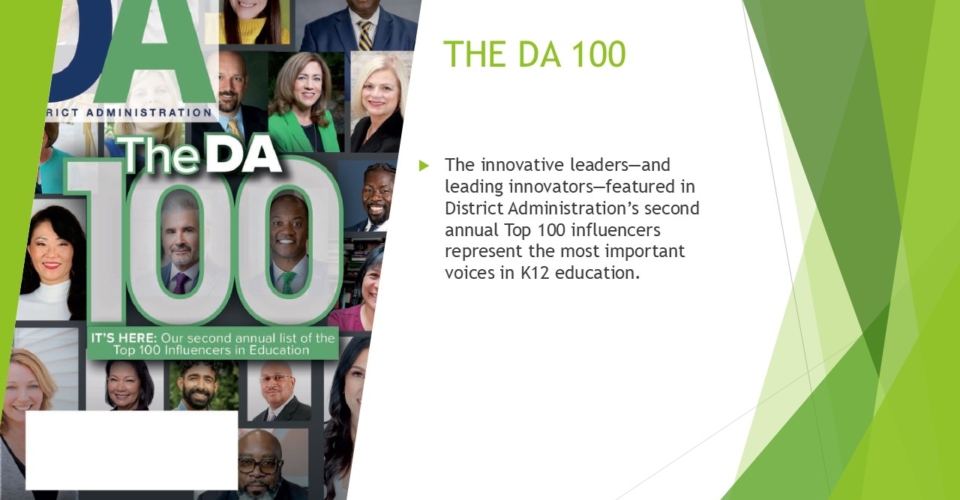“To create a novel or a painting, an artist makes choices that are fundamentally alien to artificial intelligence.”
— Ted Chiang, “Why A.I. Isn’t Going to Make Art”
Full disclosure: I was a book editor and publisher for the better part of my adult life. I am an amateur writer who does so merely for the pleasure of the process, and I am an avid annotator of the books I read.
I revere authors like Hernan Diaz, James Baldwin and Walker Percy—not merely for their reflections on identity, displacement and their searches for moral responsibility—but for their often piquant turns of phrase. (“That’s the perfect way to say that!” appears in the margins of many of the titles in my library.)
When it comes to authorship, I’m a purist, and my journey from skeptic to evangelist in the area of AI content generation was cautious and deliberate. However, while I now embrace many of the contributions AI makes—and promises to make—there are guardrails related to copyrights that authors and artists must respect, or at least understand, as they seek audiences for their work in this new world.
The current U.S. position
In March 2023, the U.S. Copyright Office issued updated guidance on works containing AI-generated material, underscoring that only content with a significant human creative contribution is eligible for copyright protection. Purely AI-generated text or imagery remains unprotected under 17 U.S.C. § 102(a).¹²
Globally, the picture looks different. The U.K., New Zealand and India may grant copyright protection even without direct human creative input. Notably, both China and South Korea align more closely to the posture of the U.S.
The Beijing Internet Court (2019) ruled that works generated with significant human direction using AI tools could be copyrightable, signaling a willingness to treat AI outputs as protected if there is demonstrable creative input.³ In 2021, the South Korea Copyright Commission clarified that AI-generated works are not eligible for copyright as independent creations, but human contributions in directing, editing, or curating AI outputs can qualify.⁴
Why the U.S. Copyright Office draws the line
The position of the U.S. Copyright Office stems from existing precedent. In Burrow-Giles Lithographic Co. v. Sarony (111 U.S. 53, 1884), the Supreme Court recognized that photography could be copyrightable because of the photographer’s creative input in posing subjects, arranging elements, and making artistic choices. Conversely, in Naruto v. Slater (888 F.3d 418, 9th Cir. 2018)—the “monkey selfie” case—the court affirmed that non-human entities cannot hold copyright.⁵⁶
These rulings draw the boundary line around human creativity as essential to authorship. More recently, questions around authorship have surfaced in cases involving Anthropic (Claude) and other AI developers, underscoring unresolved tensions over whether AI outputs can be attributed meaningfully to human creators, or if they fall into the public domain by default.⁷
Global contrasts and creative pushback
The contrast between U.S. policy and policies abroad matters deeply in a borderless content and publishing ecosystem. For example, earlier this year, more than 2,000 U.K. creatives, including authors Mark Haddon and Michael Rosen, publicly opposed government proposals to relax copyright protections for AI-generated works.
They warned that the ‘AI Opportunity Action Plan’ risked becoming ‘government-sanctioned theft,’ favoring tech giants at the expense of individual creators.
Steps content developers and publishers can take
Given these global differences, there are several practical steps content creators and purveyors should consider:
- Document human contributions. Log creative inputs, such as edits, structural decisions, thematic shaping—beyond prompt usage.
- Blend AI with human creativity. Ensure AI output is meaningfully transformed to increase the likelihood of meeting evolving originality thresholds.
- Plan filings across jurisdictions. Consider protecting works first in AI-friendly regions, then assess implications for U.S. distribution.
- Understand platform policies. Self-publishing platforms may have specific rules regarding AI-generated content. Know them to avoid issues.
Why it matters: This isn’t just procedural advice; it’s a roadmap for protecting intellectual property, safeguarding revenue streams and ensuring that human creativity remains at the center of publishing, product development, and digital media. The stakes are high: creators who fail to plan may see their works unprotected, uncredited or freely reused without compensation, attribution, or recourse.
Where we go from here
The debate over AI authorship is not academic hair-splitting; it cuts to the core of what we value in human creativity and how we safeguard it in an AI-driven age.
The choices made now by lawmakers, courts and content leaders will determine whether creators are empowered or displaced by the rise of AI. If AI-generated works cannot be copyrighted, entire business models in publishing, edtech and media could shift toward open-source–like economies.
Conversely, if overly generous protections are granted, corporations may monopolize cultural production at scale.
The future belongs to those who embrace AI as a tool, not a replacement. Creators, publishers, and policymakers must insist on frameworks that preserve attribution, protect livelihoods and honor the irreplaceable spark of human creativity. The task ahead is not simply to regulate, but to reimagine authorship in ways that strike a balance between innovation and integrity.
Footnotes
1. U.S. Copyright Office, *Copyright Registration Guidance: Works Containing Material Generated by Artificial Intelligence*, 88 Fed. Reg. 16,190 (Mar. 16, 2023), https://www.copyright.gov/ai/ai_policy_guidance.pdf.
2. 17 U.S.C. § 102(a), *Subject matter of copyright: In general*, https://www.law.cornell.edu/uscode/text/17/102.
3. *Li v. Liu*, Beijing Internet Court (Nov. 27, 2023), recognizing copyright protection for AI-generated images with sufficient human input; see China IP Law Update, https://www.chinaiplawupdate.com/2024/01/beijing-internet-court-releases-translation-of-li-vs-liu-recognizing-copyright-in-generative-ai/.
4. Ministry of Culture, Sports and Tourism & Korea Copyright Commission, *Guidelines on Copyright Registration for Works Utilizing Generative AI* (June 30, 2025), summary via Kim & Chang, https://www.kimchang.com/en/insights/detail.kc?idx=32432&sch_section=4.
5. *Burrow-Giles Lithographic Co. v. Sarony*, 111 U.S. 53 (1884), opinion available via Library of Congress, https://tile.loc.gov/storage-services/service/ll/usrep/usrep111/usrep111053/usrep111053.pdf.
6. *Naruto v. Slater*, 888 F.3d 418 (9th Cir. 2018), opinion, https://cdn.ca9.uscourts.gov/datastore/opinions/2018/04/23/16-15469.pdf.
7. *UMG Recordings, Inc. v. Anthropic PBC*, No. 3:23-cv-01092 (M.D. Tenn. filed Oct. 18, 2023), news coverage: Reuters, https://www.reuters.com/legal/music-publishers-sue-ai-company-anthropic-over-song-lyrics-2023-10-18/; see also *Bartz v. Anthropic PBC*, No. 3:24-cv-05136 (N.D. Cal.), rulings reported in Reuters (June–July 2025).



